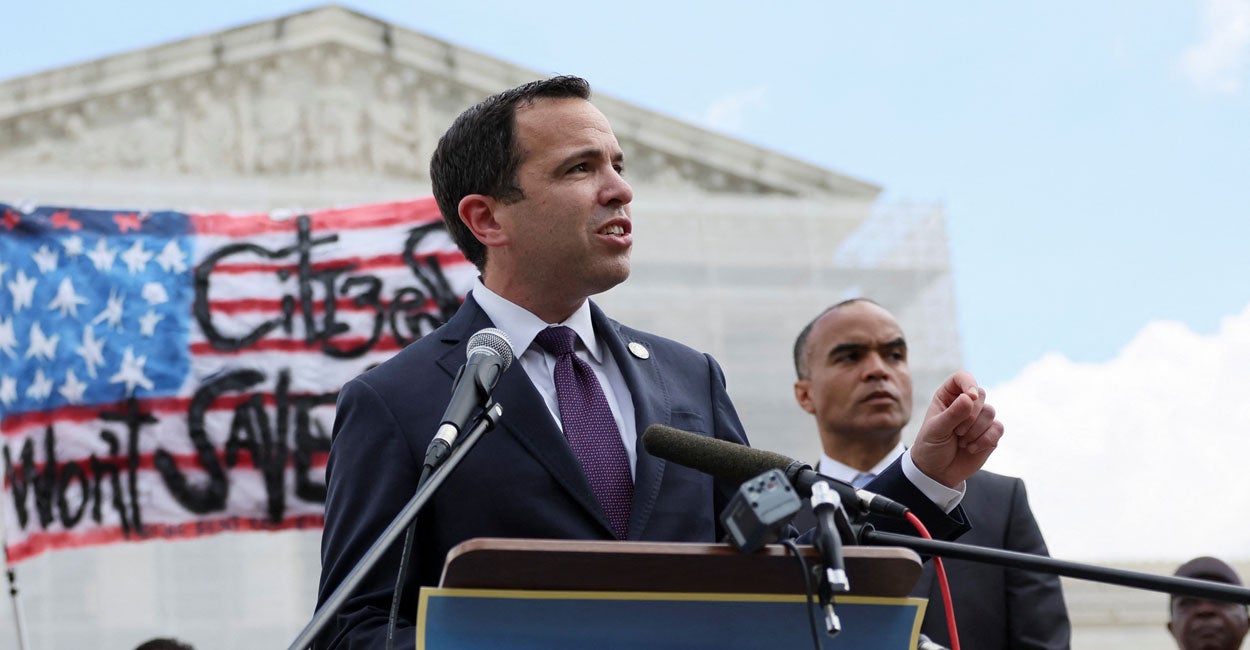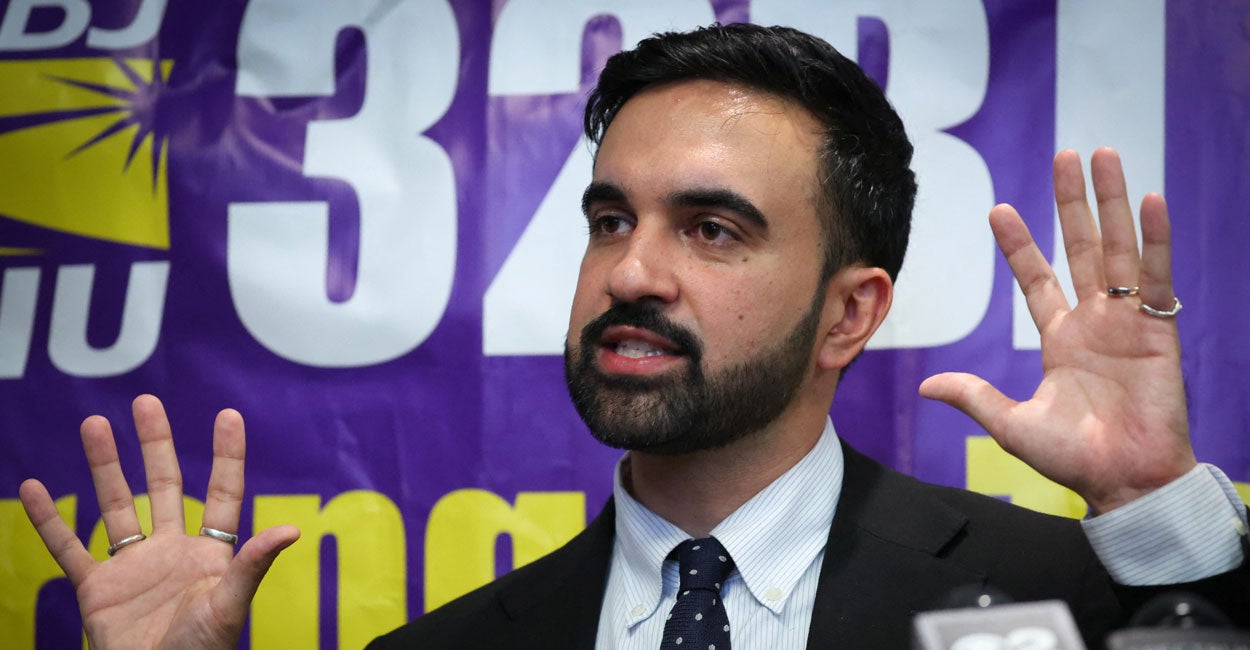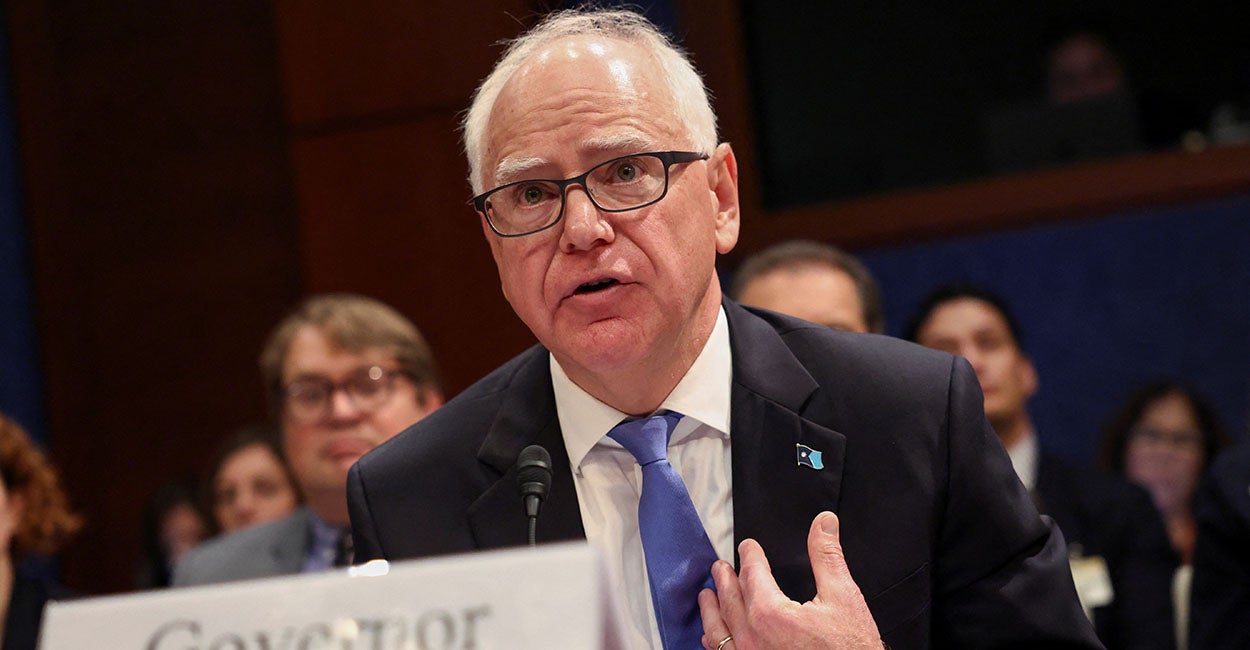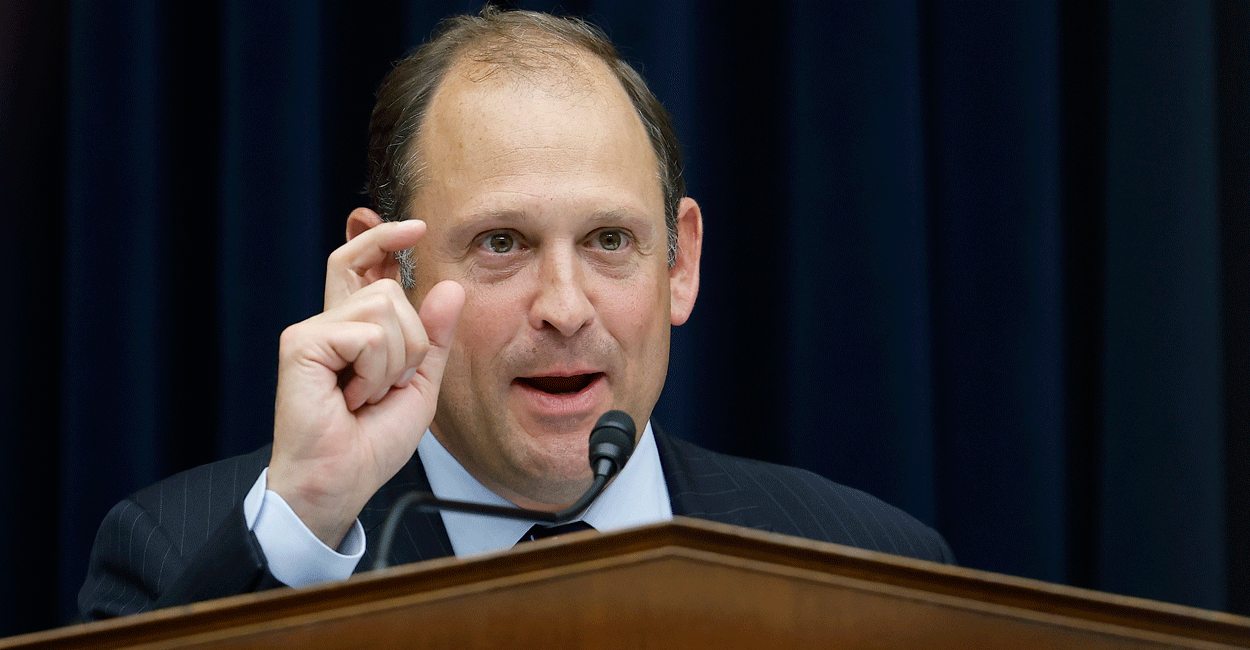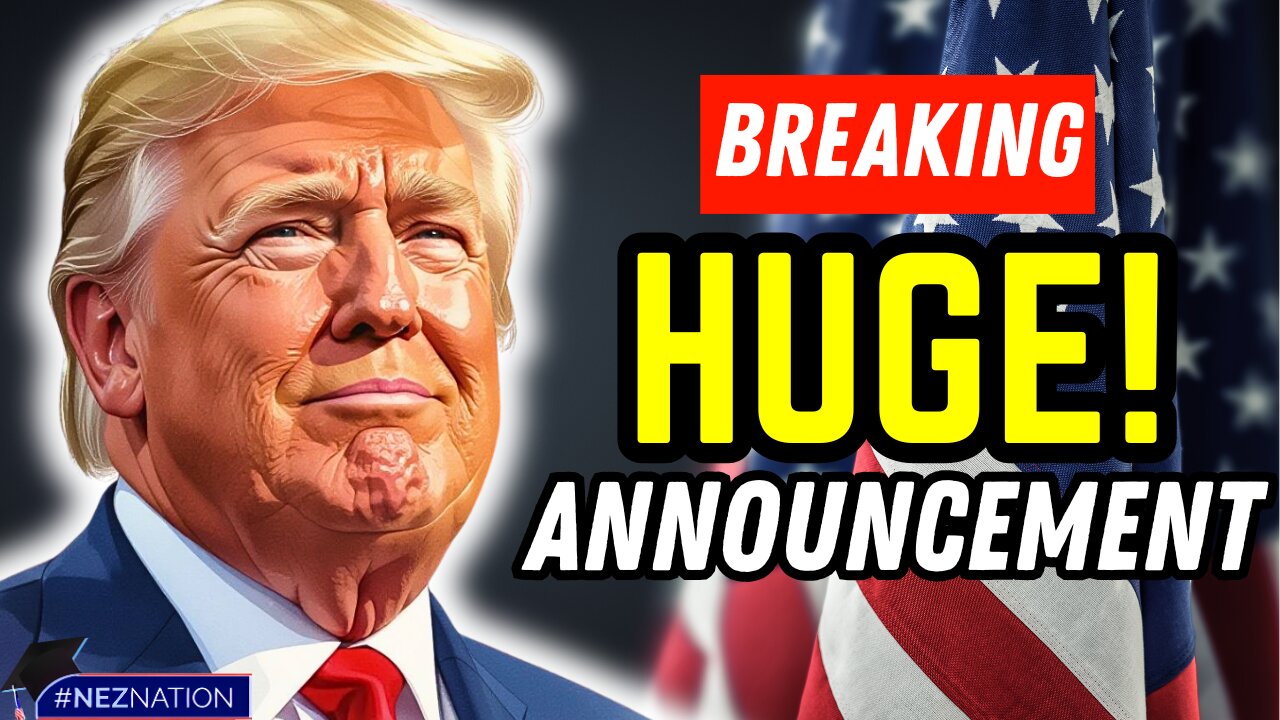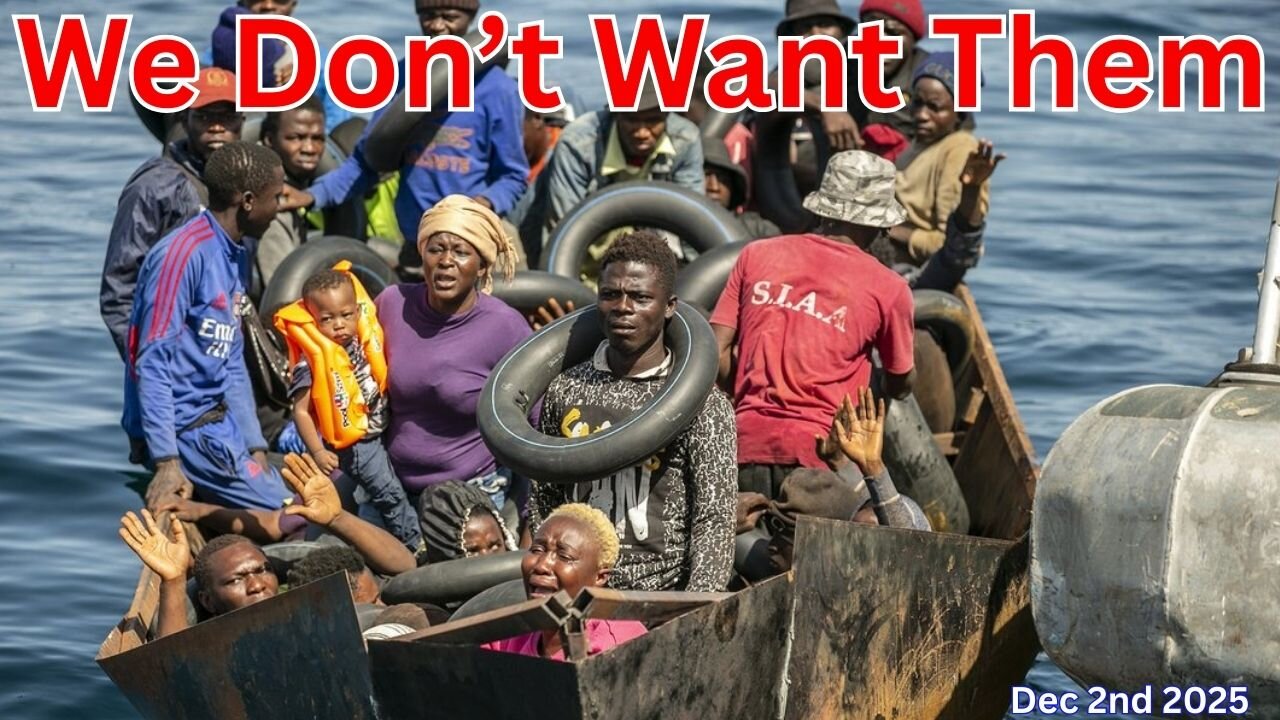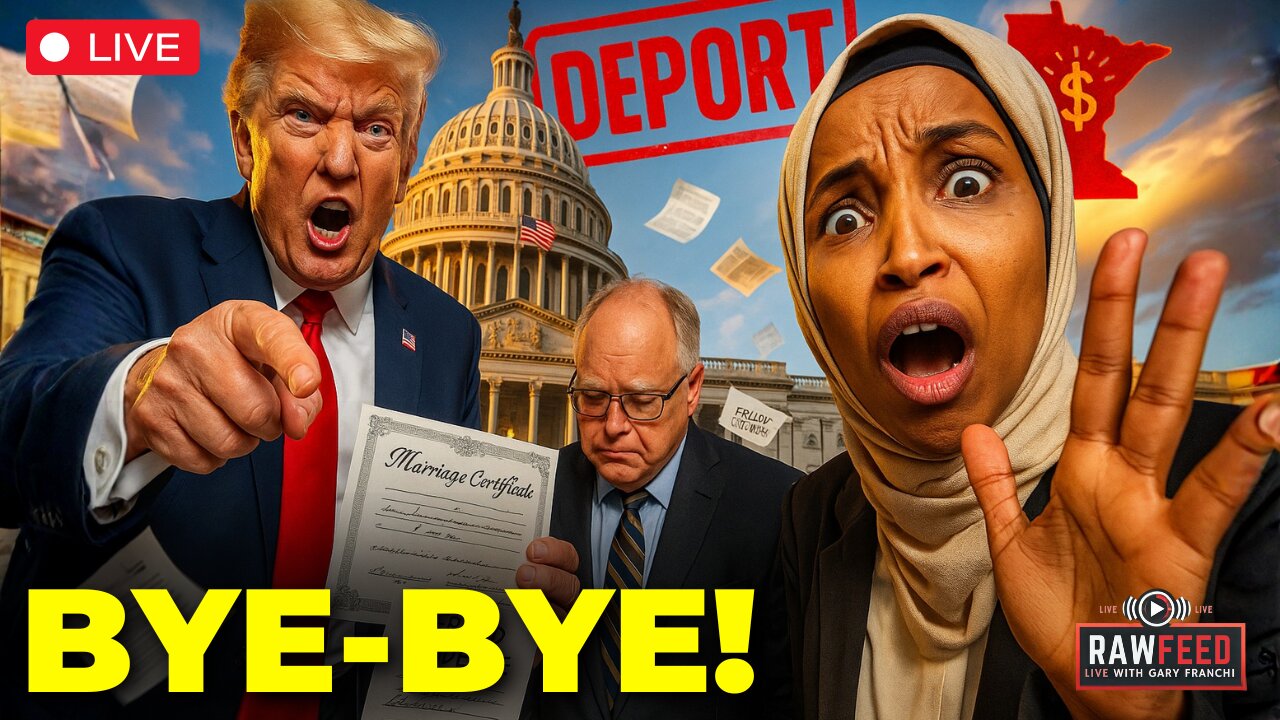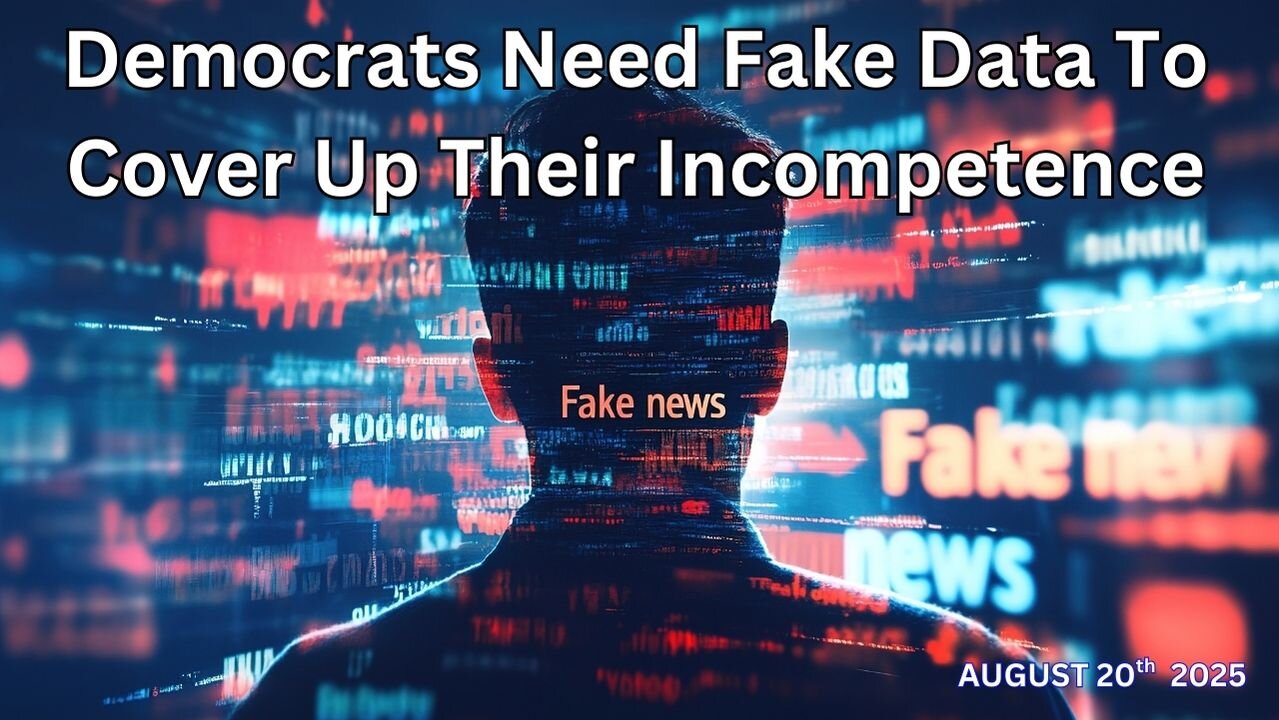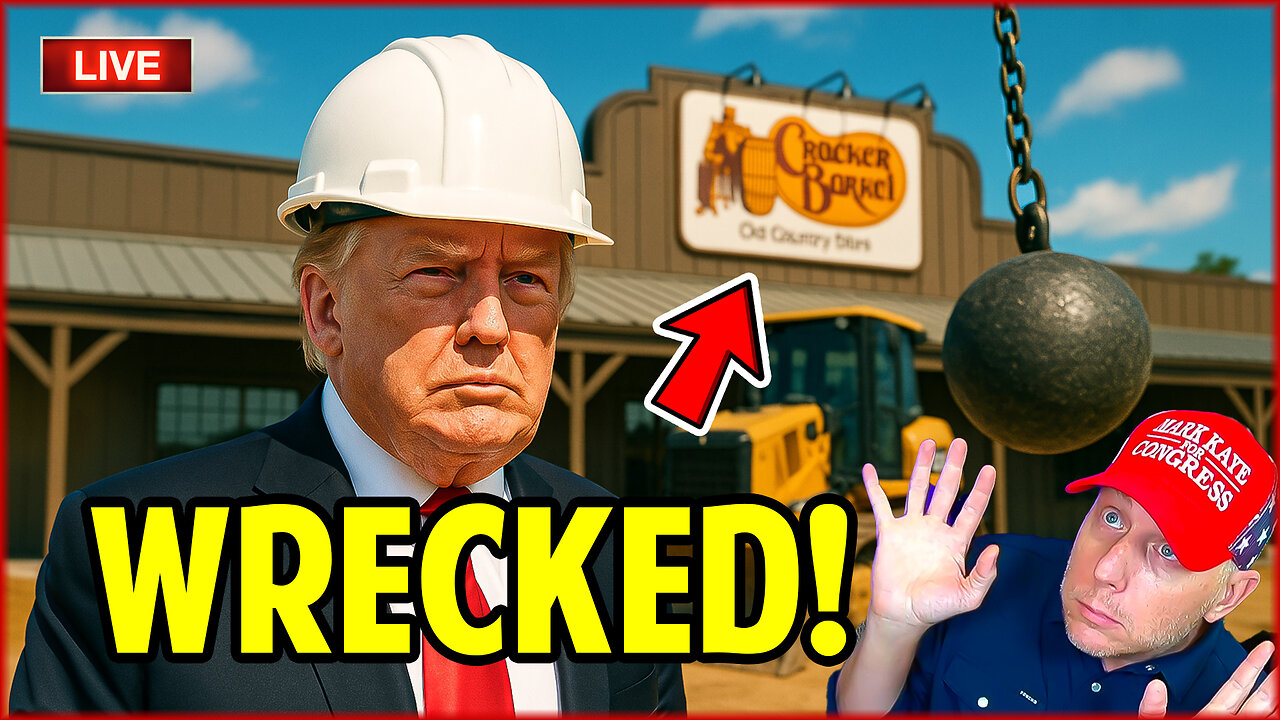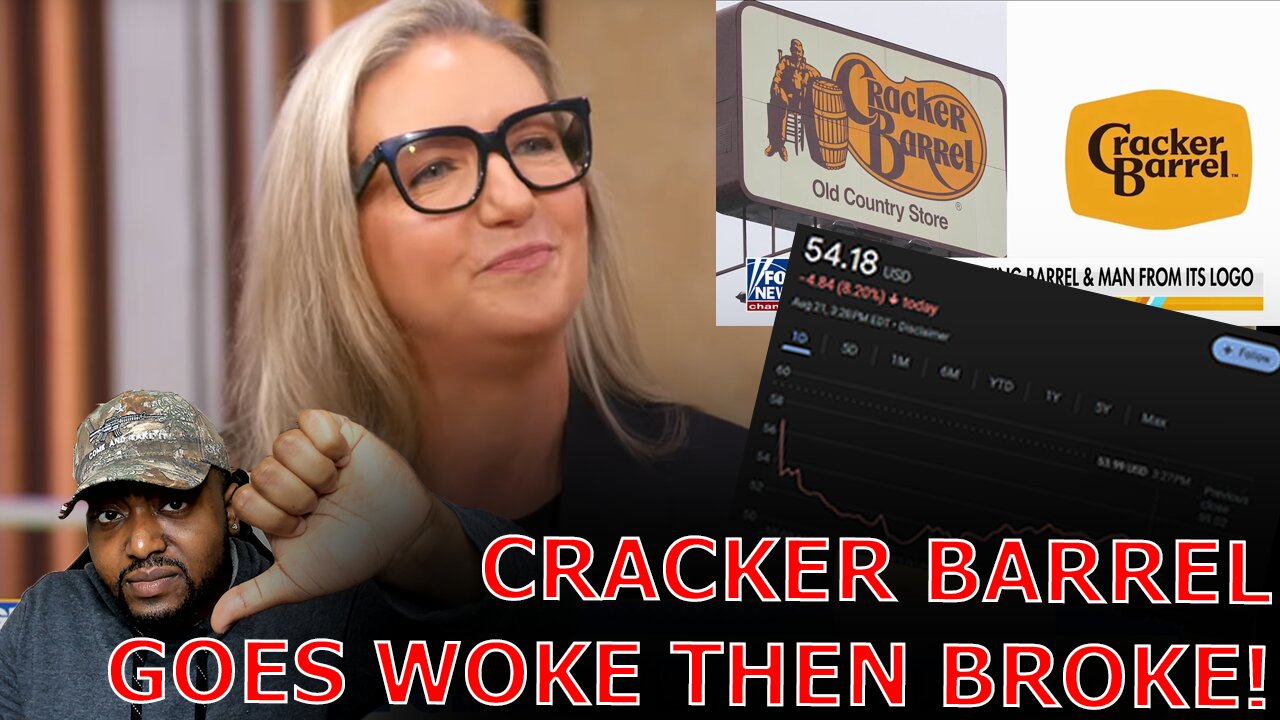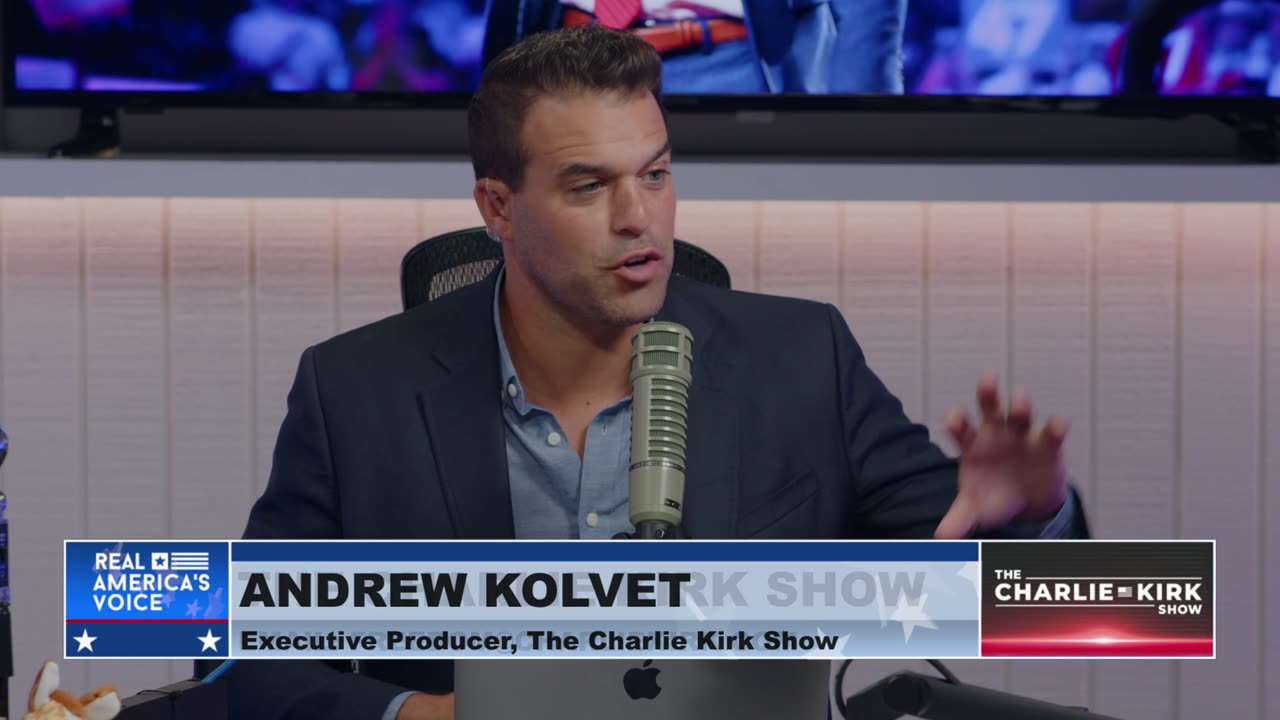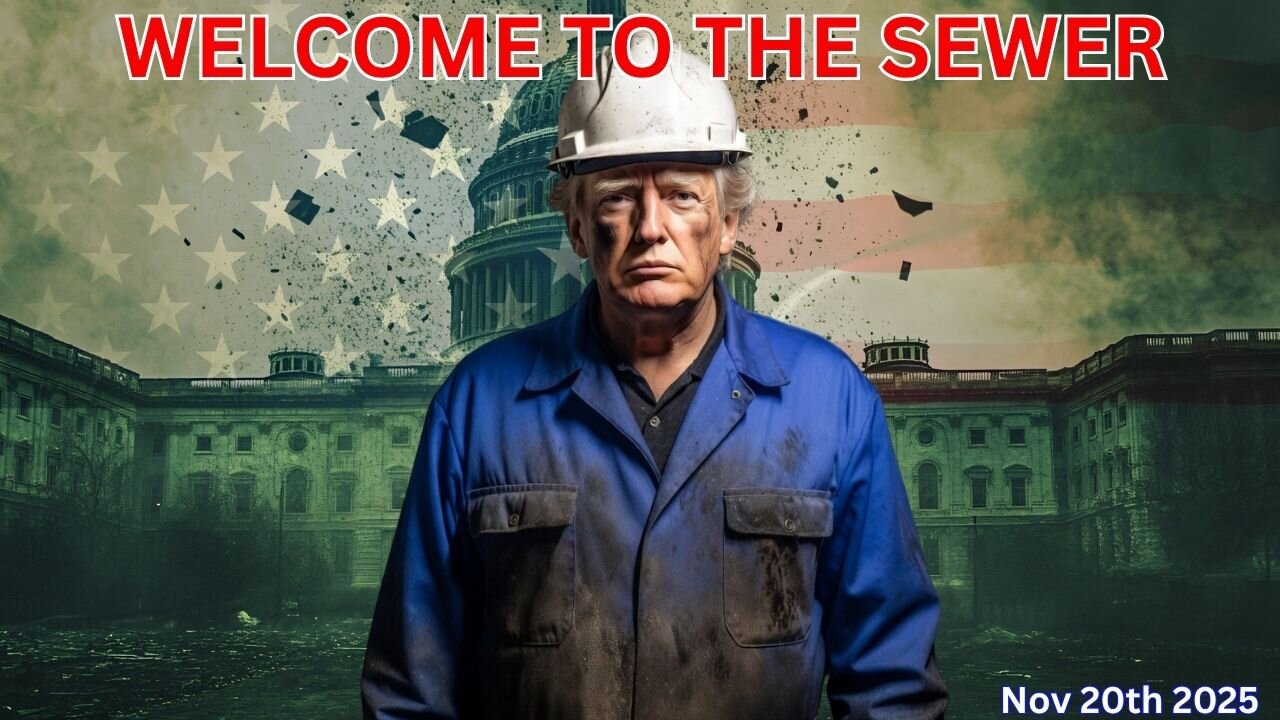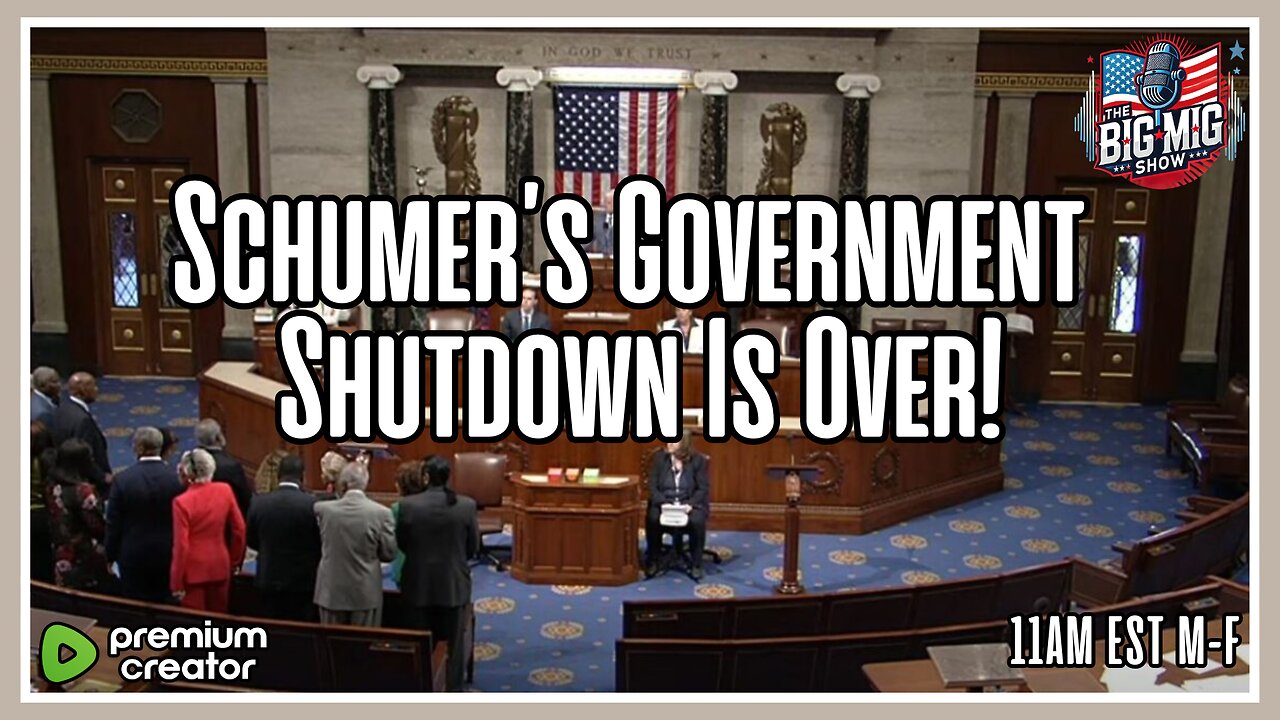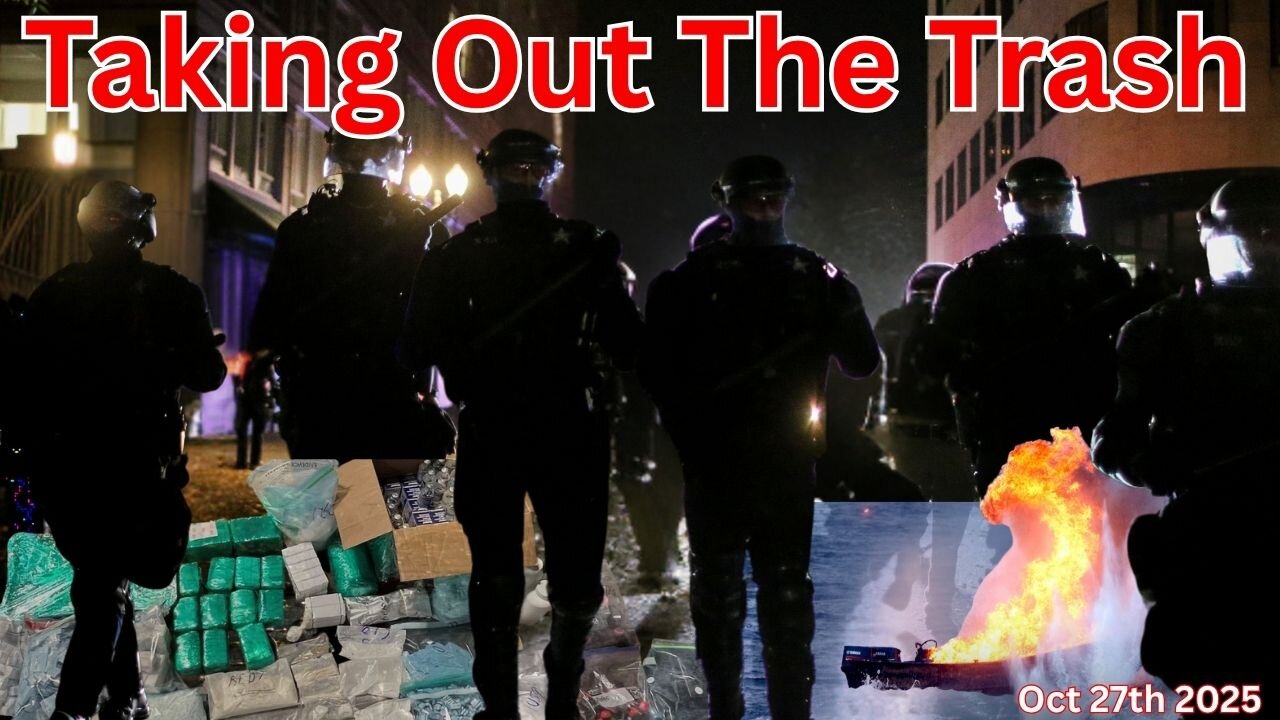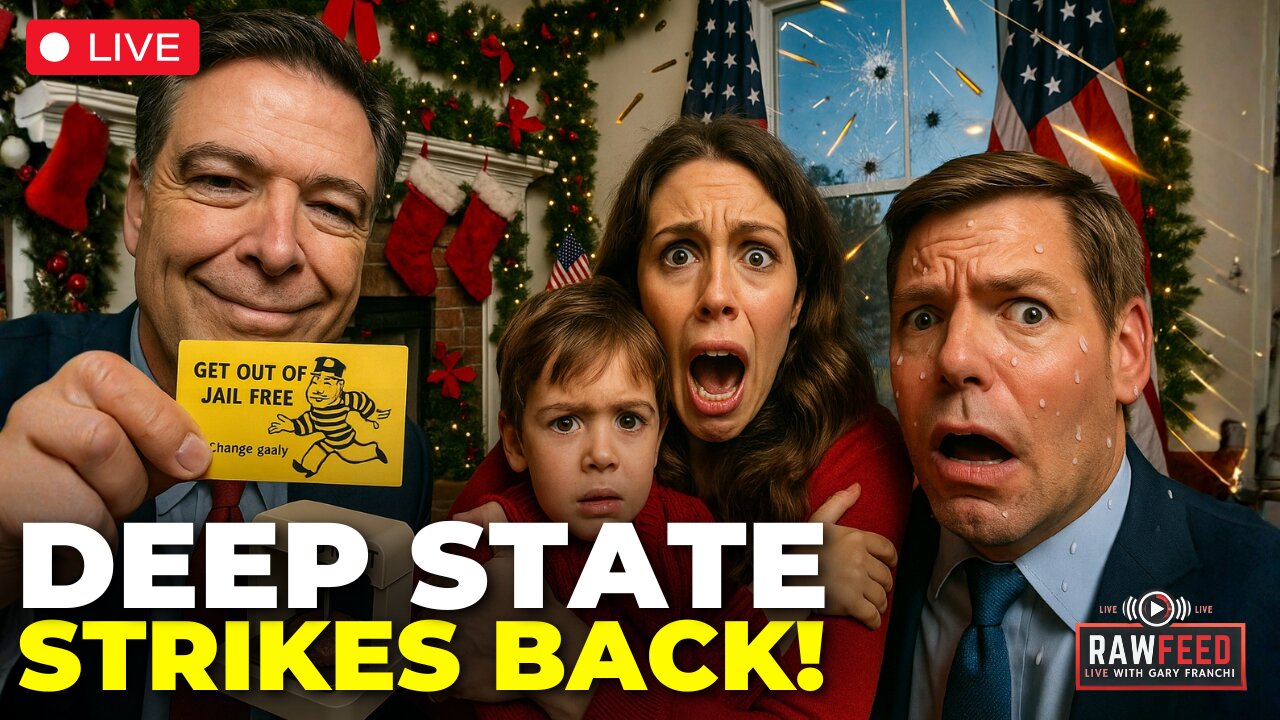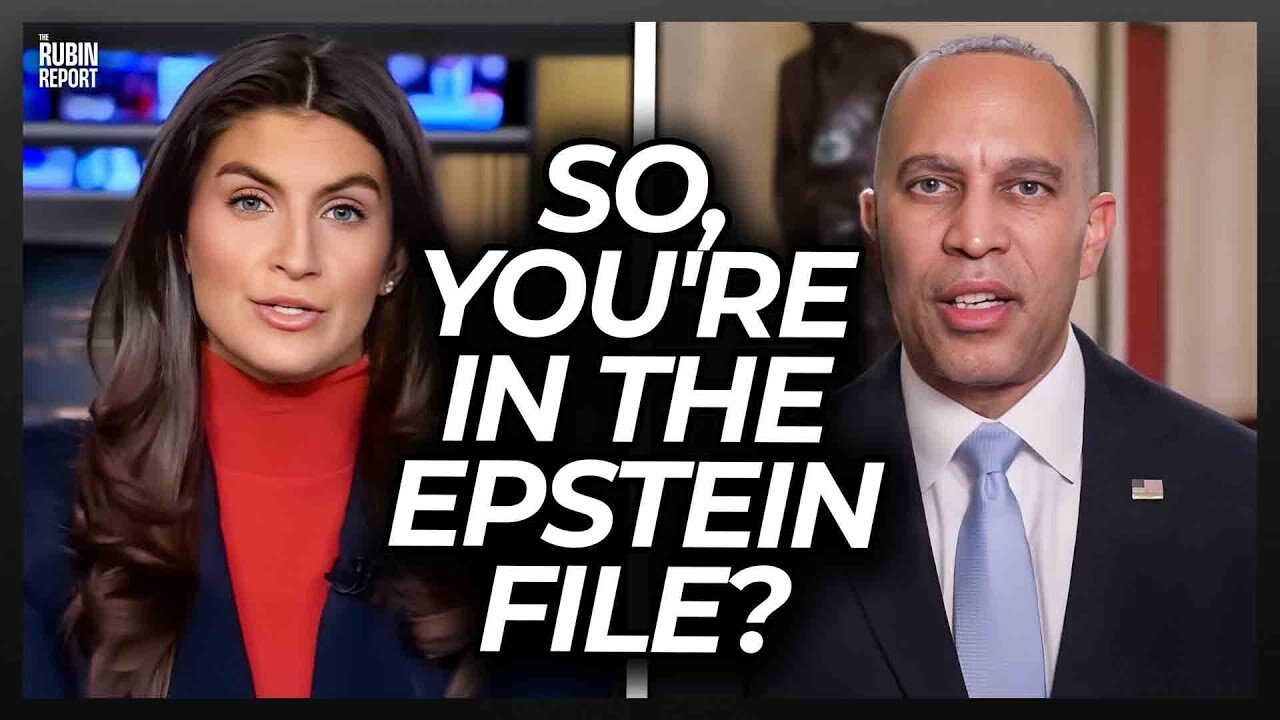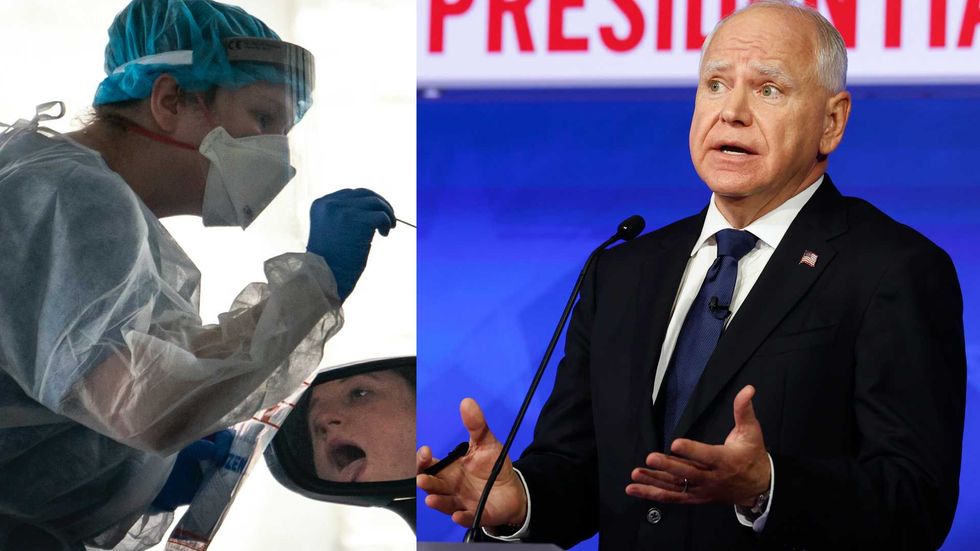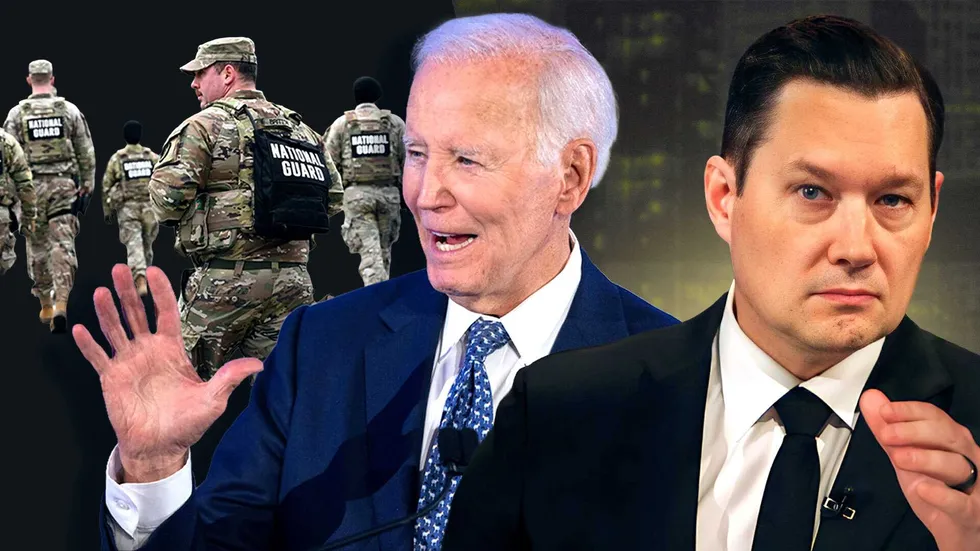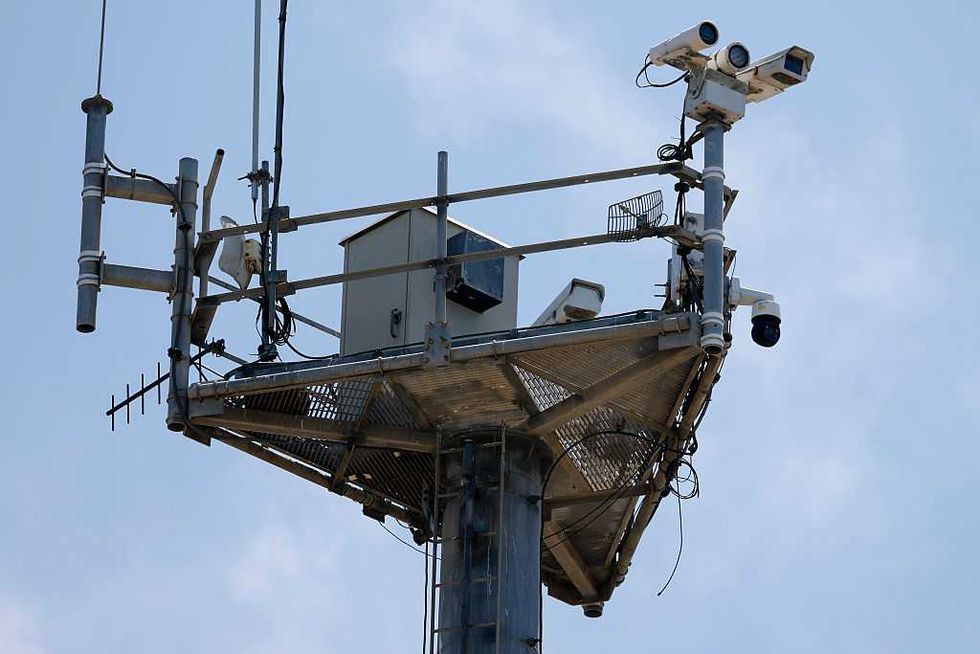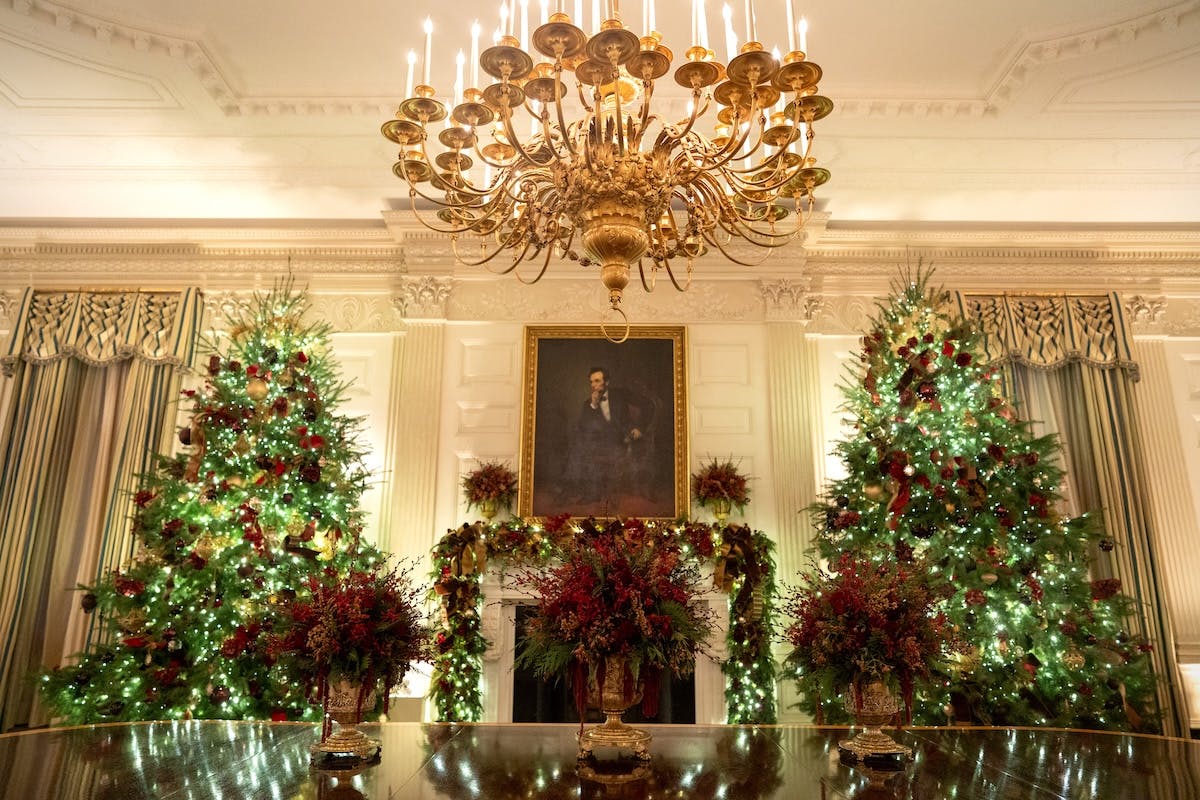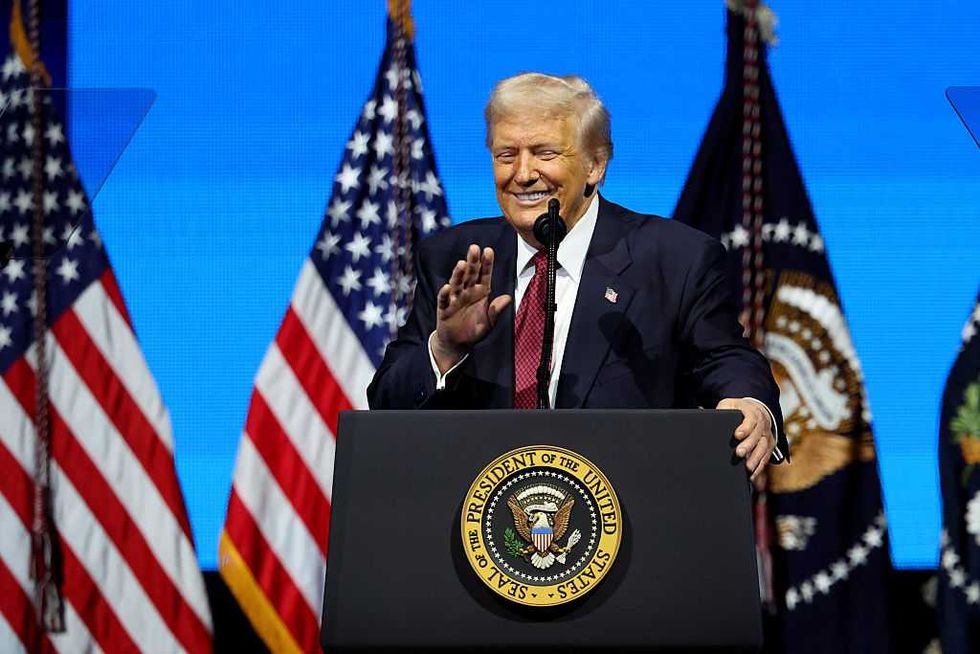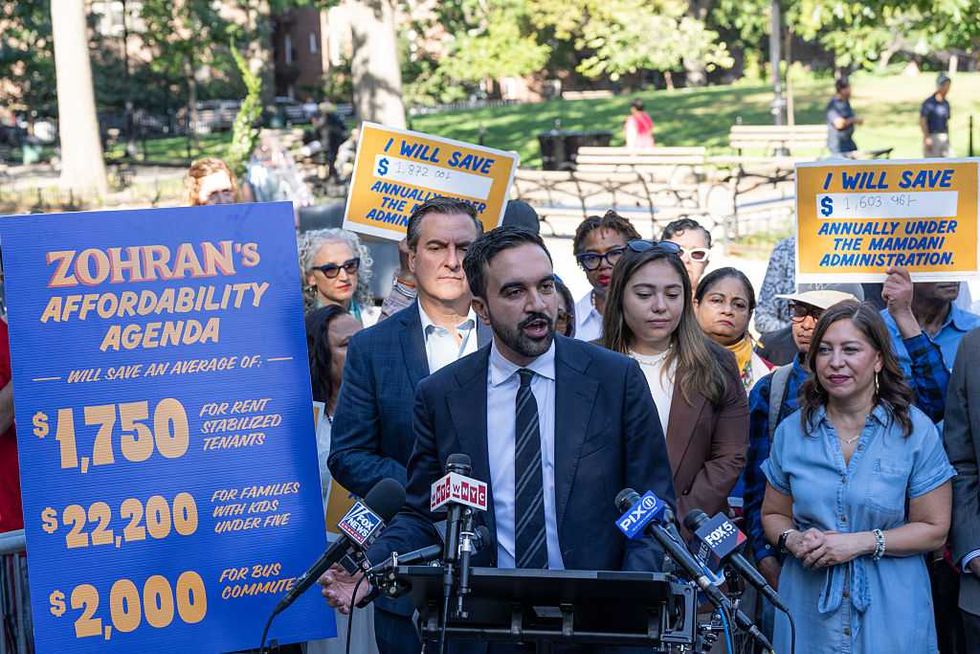Apocalyptic Predictions About Trump’s Trade Wars Never Came True. Here’s Why.

Predictions of widespread shortages from President Donald Trump’s trade wars have fallen flat as supply chains and retailers weather the uncertainty of tariff hikes.
The first quarter of 2025 came back with negative GDP growth, but economic signs are pointing toward a positive return in the Commerce Department’s next quarterly report. A positive report should tamp down severely pessimistic predictions about the state of the economy and the impact of tariffs.
“I’ve told people this is gonna be a skinned knee. This is not a broken leg,” Jim Nelles, a veteran supply chain consultant, told The Daily Wire.
“If you look at the data, we’re ahead of where we were this time in 2023 and just slightly down from where we were this time in 2024,” said Nelles regarding ships traveling between the United States and Asia.
Since the United States and China slashed tariffs, shipping in the Pacific is set to pick up, according to Nelles. “The shipping companies are scrambling to redeploy ships to Chinese ports, and American companies are scrambling to secure containers to put on those ships to bring goods into the United States,” he said.
The most recent report on U.S. imports from the supply chain and logistics company Descartes shows that 2025’s container import volume is higher through April of 2025 than it was in either 2024 or 2023.
Trump announced sweeping new tariffs last month, threatening heavy levies on America’s trading partners. The shock sent the stock market plummeting and had media outlets and financial experts warning about an economic collapse on par with the coronavirus pandemic.
Headlines in recent weeks have catastrophized about shortages slamming Americans. Stories suggested that supply chains are breaking under Trump’s gambit to remake global trade like they broke under COVID. “For 12 hours, zero ships left China bound for California’s top ports. That hasn’t happened since the pandemic,” says one CNN headline from May 12.
Other headlines have warned of empty ports and empty shelves for Americans. “Empty Store Shelves Might Be Coming Sooner Than You Think,” says a May 7 headline from Bloomberg. An April 29 Reuters report warned: “Shipping volume will plummet 35% next week, LA port official says in CNBC interview.”
Major financial institutions such as Goldman Sachs and JPMorgan predicted last month that the United States was likely to fall into recession. They have since reversed those forecasts.
“The panic was silly and it was driven by the media because they ran out of things to talk about,” said Nelles.
Shortages that did appear would be localized, Nelles said. Generally, businesses properly read the administration’s signals and prepared before the president began slamming down tariffs. That preparation is reflected in Commerce Department data that show imports to the United States spiking in the months leading up to the tariffs falling into place. Imports to the United States in March hit an all-time high.
“At the end of the day, we would’ve seen nothing like we saw during COVID,” said Nelles. “We just would never have gotten to that point.”
“If you look at what actually happened in December, January, and February, shipments were up. People were stocking their shelves and adding inventory so that they could withstand any sort of tariff action that took place,” he said.
The most pressing problem that Nelles expects has to do with container ships sitting in U.S. ports full of goods that nobody is able or wants to receive.
“Those have to be shipped back to China, unloaded, and then loaded with other goods,” he said. “So, we might have, maybe a four week period where the equipment needs to be rebalanced between North America and Asia. But that’ll sort itself out.”
The Commerce Department’s quarterly report on GDP released last month showed that the U.S. economy contracted 0.3%, at the time raising fears that the United States may hit the technical definition of a recession, two consecutive quarters of negative GDP growth.
New economic data has since relieved those concerns. In April, retail sales rose by 0.1%. Revised data showed that retail sales rose by 1.7% in March, a 0.2 percentage point increase. With positive signs for consumer spending, inflationary signals also came back positive. The Producer Price Index fell by 0.5% in April after holding steady in March.
“If you actually take a very hard look at the data, a lot of the shrinkage in GDP was driven by reduction in government spending, which is a good thing,” said Nelles on negative growth in the first three months of the year.
“I think that when they do the second review of GDP, it’s probably going to be zero to slightly positive,” he predicted. “I think Q2 is going to be positive as well, but it wasn’t a concern.”
The latest Consumer Price Index data on April came in cooler than expected, showing a 2.3 % increase in prices from a year ago.
“That’s the third consecutive month that we’ve had cooler than expected inflation, which tells me that the economy isn’t quite sure what it wants to do yet,” said Nelles. “But it definitely it’s saying I don’t feel like I need to heat up right now. I just need to bring inflation down and we need to see what’s gonna happen.”
“What I wish the president would do is get rid of uncertainty. I wish he would talk about what the plan is because, right now, it feels like the plan changes based on what he sees on X or on Truth Social,” Nelles said. “That creates a lot of uncertainty in the economy and in the business world, and that’s why you saw the stock market go down so much in the month of April. But now we’ve actually gone back up to the point where we’ve regained everything that we’ve lost. So, you know, the market likes what we’re doing.”
Since Trump’s Liberation Day announcement, the administration has entered into negotiations with dozens of countries to rewrite the United States’ trade deals. The process could take a year if not longer to hammer out the details. In the meantime, businesses in the United States will be forced to reckon with the tariff system largely put in place by the president.
The White House could choose to lighten tariffs on countries that agree to negotiate in good faith, Nelles said, or the president may leave in place broad 10% tariffs on countries to increase revenue to the federal government until new trade agreements are signed. If the president chooses the latter option, buyers and suppliers will have to work out together how to handle the tariffs while international trade continues to flow.
Either way, “the net impact will be quite low,” said Nelles.
Originally Published at Daily Wire, Daily Signal, or The Blaze
What's Your Reaction?
 Like
0
Like
0
 Dislike
0
Dislike
0
 Love
0
Love
0
 Funny
0
Funny
0
 Angry
0
Angry
0
 Sad
0
Sad
0
 Wow
0
Wow
0
